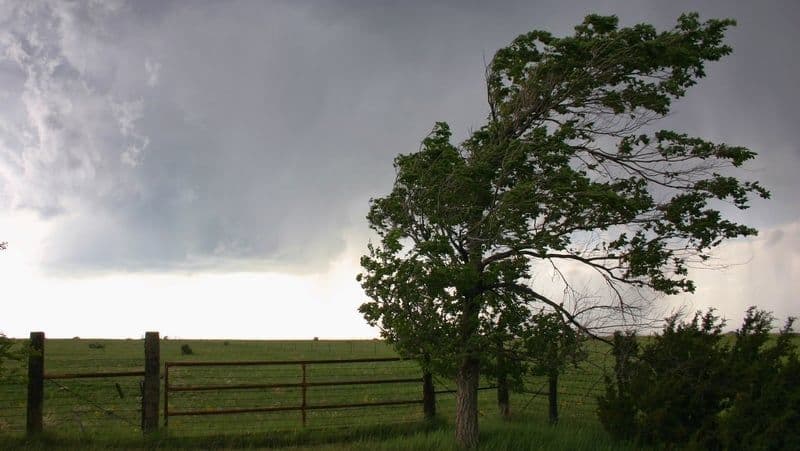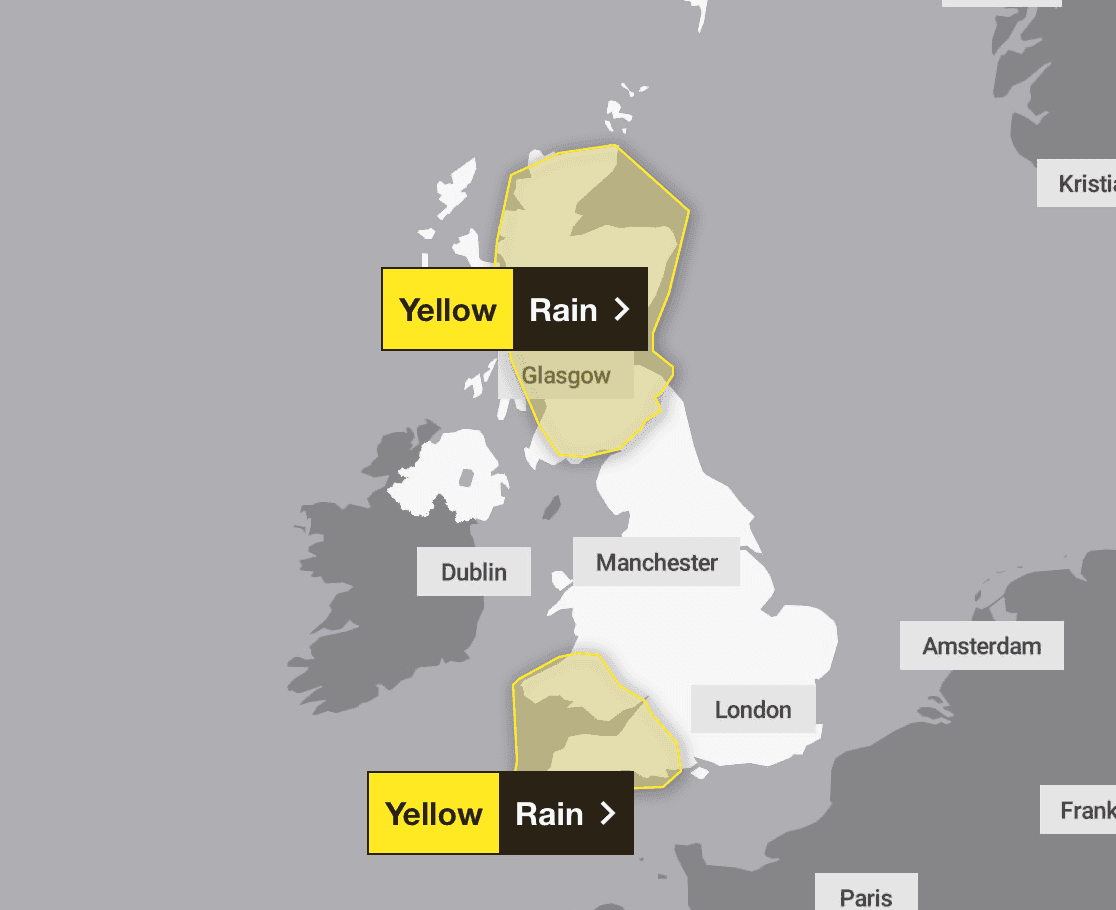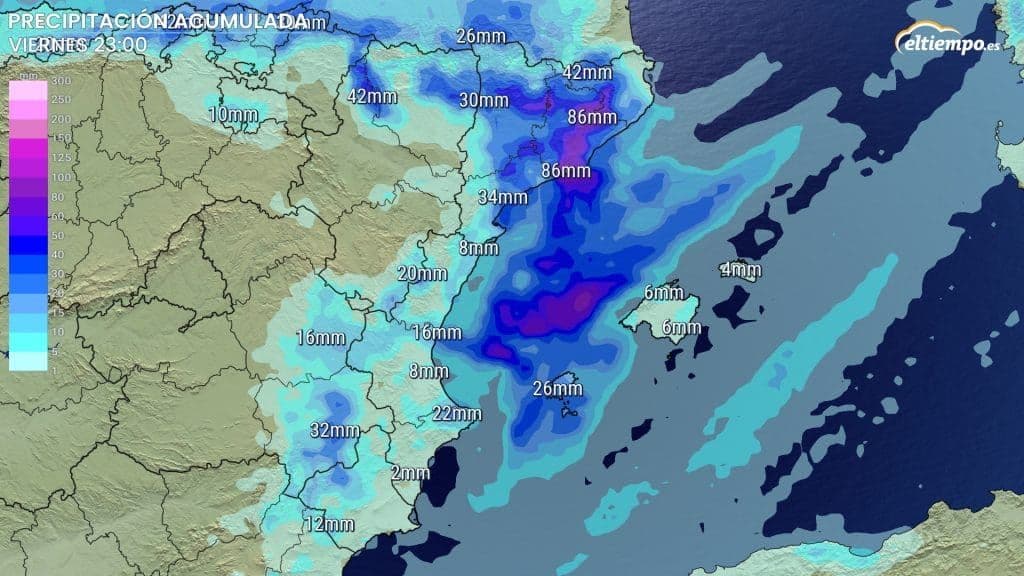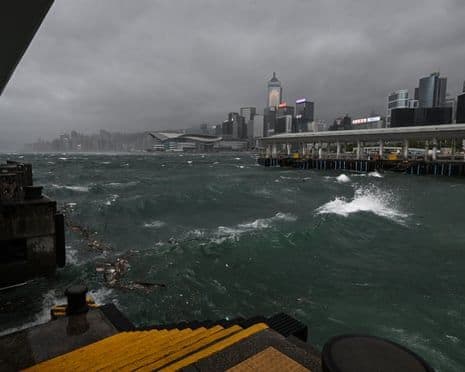Whispers to Warnings: The Human Story Behind Floris's Unseasonal Gale
Unpack Storm Floris's August fury: from meteorologist warnings and public debate to real-world chaos. A deep dive into how unseasonal weather reshapes our perception & preparedness.

The Unseasonal Arrival: Setting the Scene for Storm Floris
August in the UK often conjures images of summer holidays and gentle breezes, making the arrival of a stark anomaly. This formidable weather system, the sixth named storm of the 2024-25 season, which typically runs from early September, announced its presence with an uncharacteristic ferocity for the time of year. As Monday, August 4th dawned, forecasters at the and were already issuing grave warnings, highlighting the storm's unusually potent nature. An amber warning, signifying a potential danger to life, was slated for parts of from 10 am, with wider yellow warnings encompassing northern , North , and Northern .
, through presenters and , relayed the urgent alerts, emphasizing the forecast of winds up to 85mph along exposed Scottish coasts and hills, alongside heavy rainfall. Scottish Transport Secretary underscored the unusual timing, urging holidaymakers and residents alike to exercise extreme caution. Her message was clear: despite being August, the preparedness required was akin to winter, with expected disruptions to rail, ferry, road, and bridge networks across the country. Met Office chief meteorologist further detailed the widespread threat, predicting gusts of 40-50mph inland and 60-70mph at higher elevations, with that chilling possibility of 85mph in select areas. This was no ordinary summer squall; Floris was a serious event demanding serious attention.

Between Broadcast and Backlash: Media, Public Perception, and Reporter Safety
As official warnings mounted and television screens filled with meteorological maps, a fascinating interplay between broadcast media and public perception unfolded. While news channels like diligently conveyed the severity of , deploying reporters to affected areas, a segment of the public took to social media, particularly , with a healthy dose of skepticism. Comments ranged from accusations of "over hyping" a supposedly "normal wet and windy day" to direct criticism of reporters like , 's Scotland correspondent, for standing "pointlessly out in the rain."
This sentiment, however, wasn't universal. Amidst the dismissive remarks, a palpable concern for reporter safety emerged. Viewers questioned the necessity of sending journalists into conditions described as a "threat to life," urging them to seek shelter for health and safety reasons. , broadcasting live from amidst torrential rain, articulated the immediate reality of heavy rainfall and difficult driving conditions, while also preparing audiences for the severe winds yet to come and the ensuing travel chaos, including train cancellations. The public’s mixed reaction underscores a complex dynamic: the media’s imperative to illustrate a story versus the audience’s varying trust in warnings and genuine concern for those delivering the news from the storm's eye.

The Ground-Level Reality Check: From Forecasts to Lived Disruptions
The transition from meteorological forecasts to tangible, lived experiences is where the true impact of a storm like becomes evident. As the unseasonal gale made landfall in the early hours of Monday, the abstract warnings translated into concrete disruptions across the and . While braced for the brunt of the winds, had already activated multiple warnings, reporting damaging gusts and localized flooding, particularly in the west and north-west. Hazardous driving conditions, coupled with the threat of overtopping waves along exposed coasts, became an immediate concern for motorists, exacerbated by a bank holiday weekend.
Authorities, recognizing the severity and unusual timing of , had already taken proactive steps. The Scottish Transport Secretary's prior meeting to ensure readiness proved prescient as rail, ferry, road, and bridge services faced widespread disruption. The 's detailed wind predictions, ranging from 40-50mph inland to potentially 85mph on exposed coasts, underscored the scale of the challenge. Beyond travel, the potential for structural damage, fallen trees, and flying debris posed a direct threat to safety and property. The advice from the to check local forecasts and beware of offshore winds highlighted the broad spectrum of risks, serving as a stark reminder that even a summer month can bring winter-level hazards.
A Climate Conversation in Every Gust: What Unseasonal Storms Signal for Our Future
The unseasonal ferocity of , arriving in early August as the sixth named storm of a season barely underway, serves as more than just a weather event; it's a potent signal in the ongoing climate conversation. The repeated emphasis on its "unusually windy weather for this time of year" by forecasters and officials isn't just a casual observation but a crucial indicator of shifting meteorological patterns. While one event alone doesn't define a trend, the increasing frequency and intensity of such out-of-season phenomena compel us to look beyond immediate disruptions and consider broader implications.
highlights a societal vulnerability to unexpected extreme weather. As the Scottish Transport Secretary noted, the "unusual timing" meant people were on holiday or simply less aware, requiring heightened public awareness campaigns. This adaptation to a less predictable climate is becoming paramount. If August can bring 85mph gusts and amber warnings for danger to life, what does that mean for infrastructure, emergency planning, and public preparedness year-round? Such events force us to re-evaluate our historical understanding of seasons and weather norms, prompting a necessary, uncomfortable discussion about 's subtle yet profound reshaping of our environment. Every unseasonal gust now carries a whisper of a future that demands greater resilience and foresight.
Related Articles

August's Uninvited Guest: Preparing for Storm Floris's Bank Holiday Blow

August's Uninvited Guest: Preparing for Storm Floris's Bank Holiday Blow

The UK's Unpredictable Skies: Decoding the Deluge Threat

The UK's Unpredictable Skies: Decoding the Deluge Threat

July's Temperamental Turn: Navigating Spain's Unexpected Mediterranean Downpour

July's Temperamental Turn: Navigating Spain's Unexpected Mediterranean Downpour

The Human Equation of Extreme Weather: Adapting to Nature's Shifting Moods
